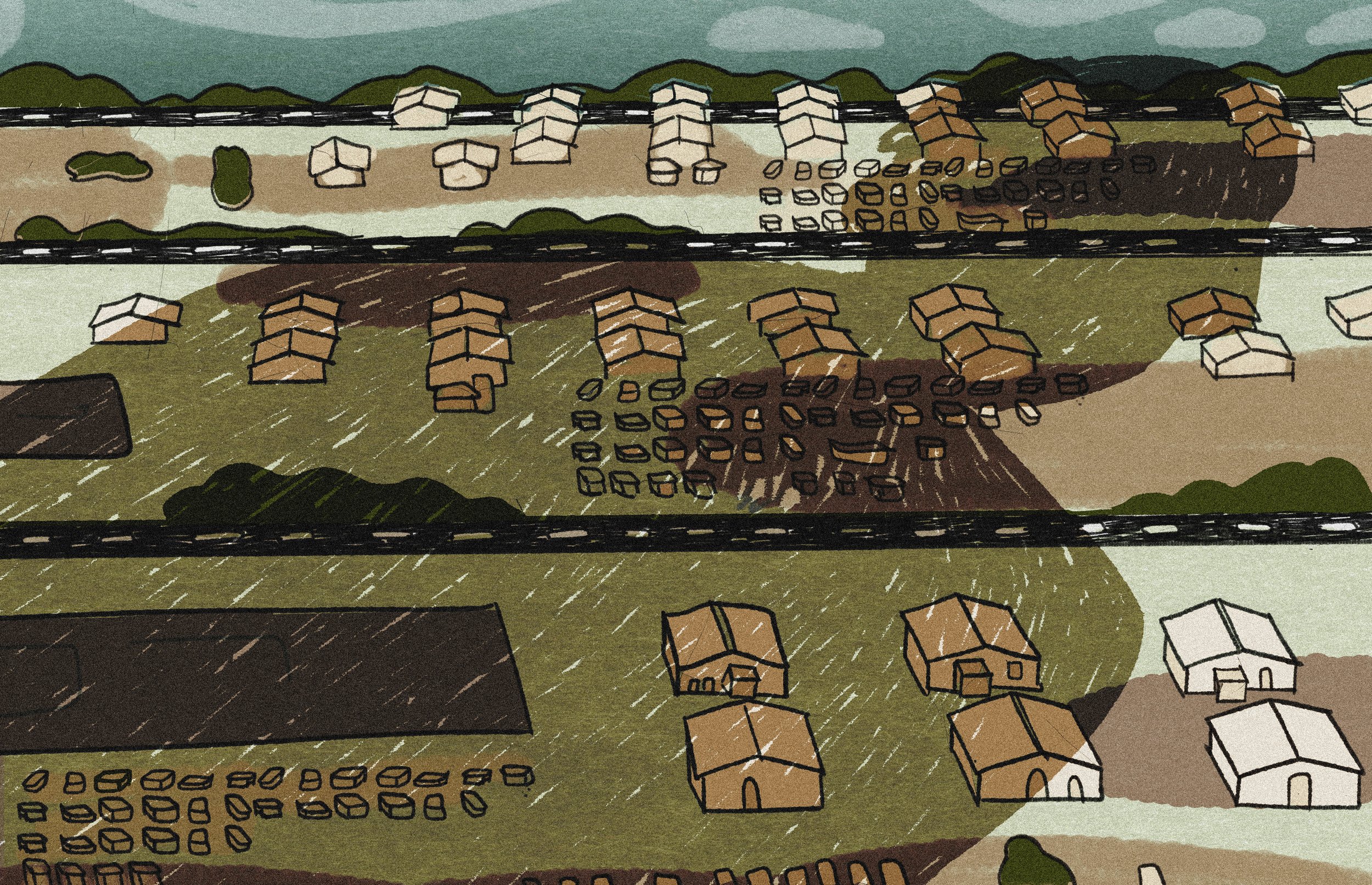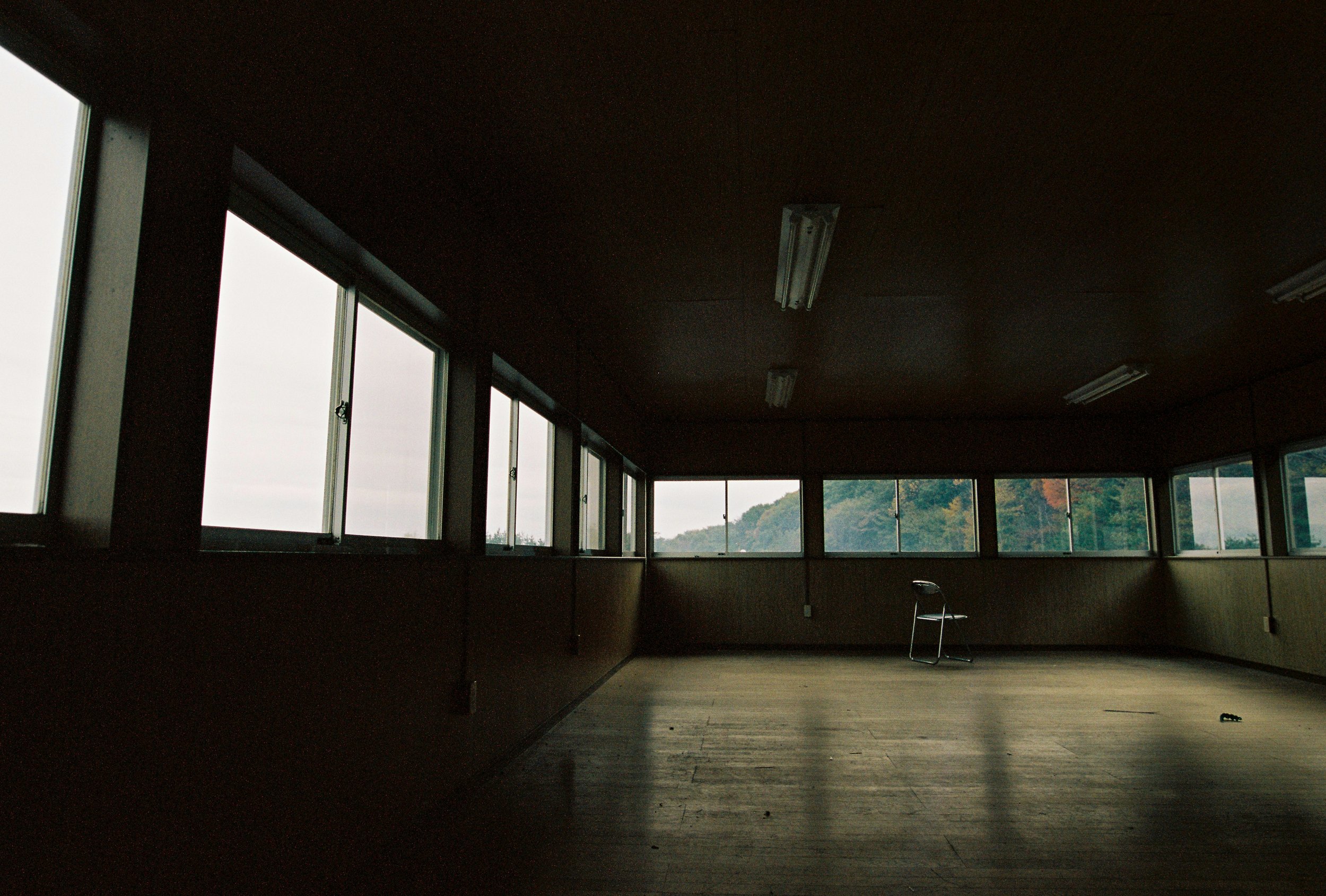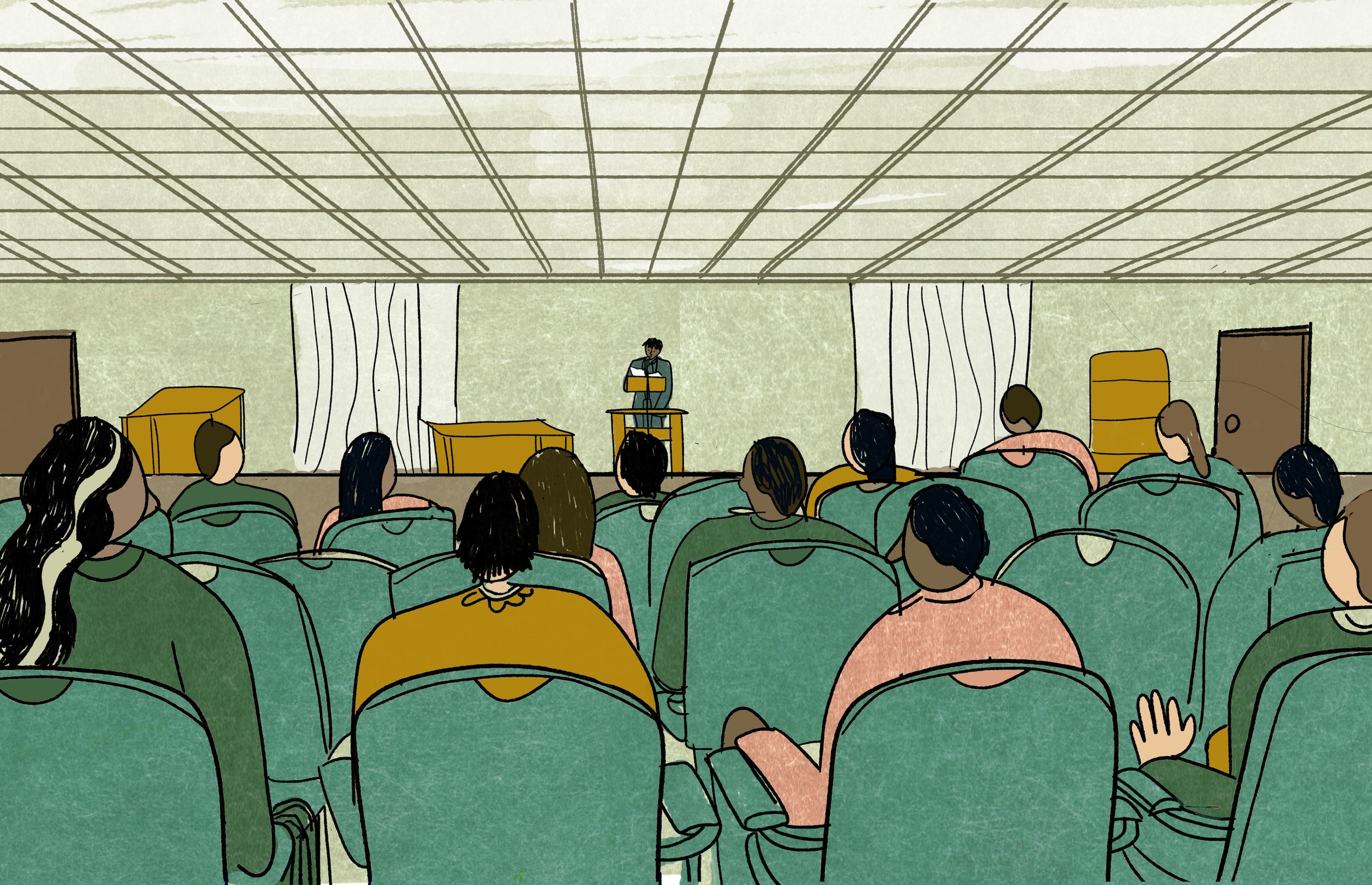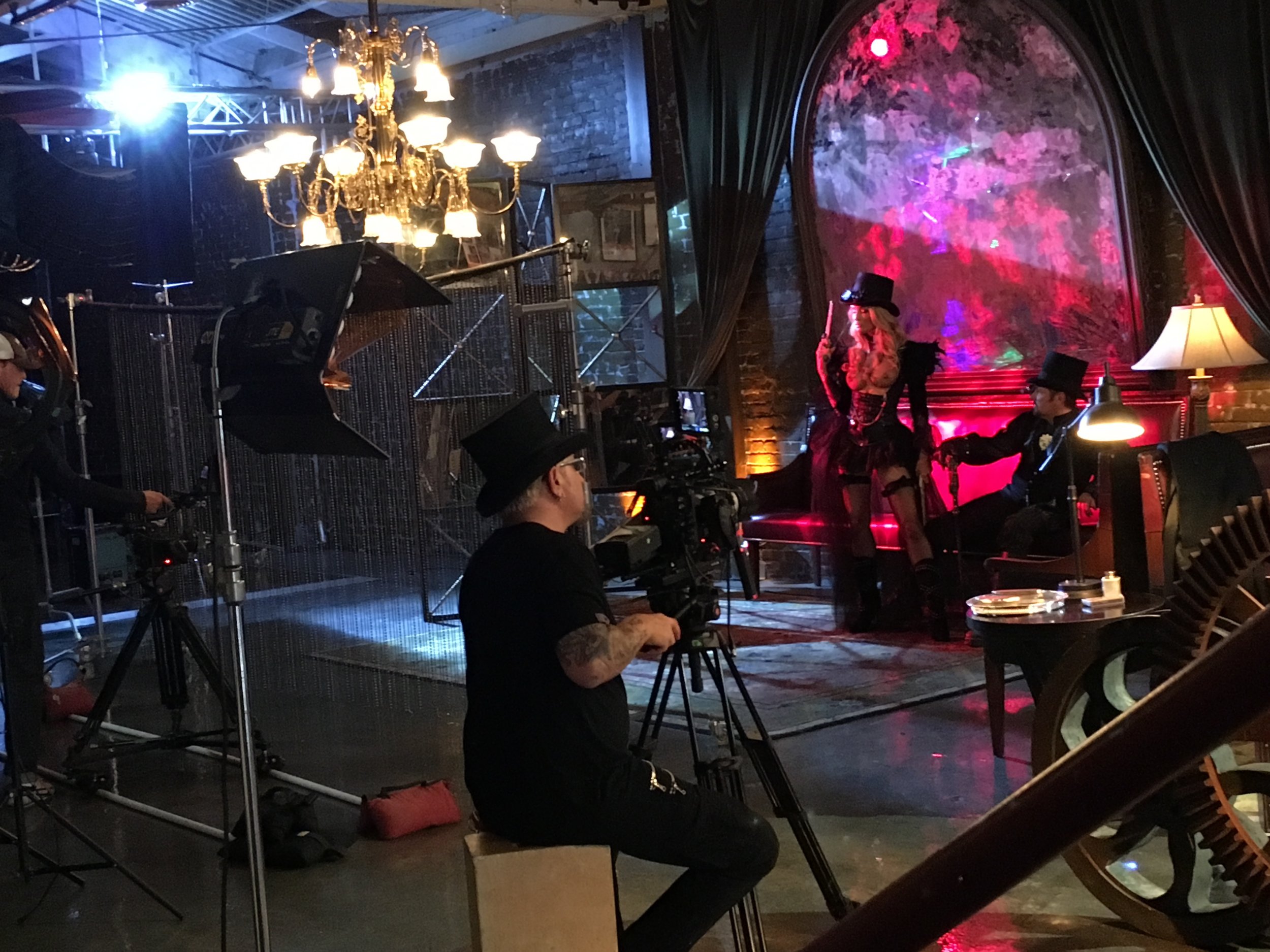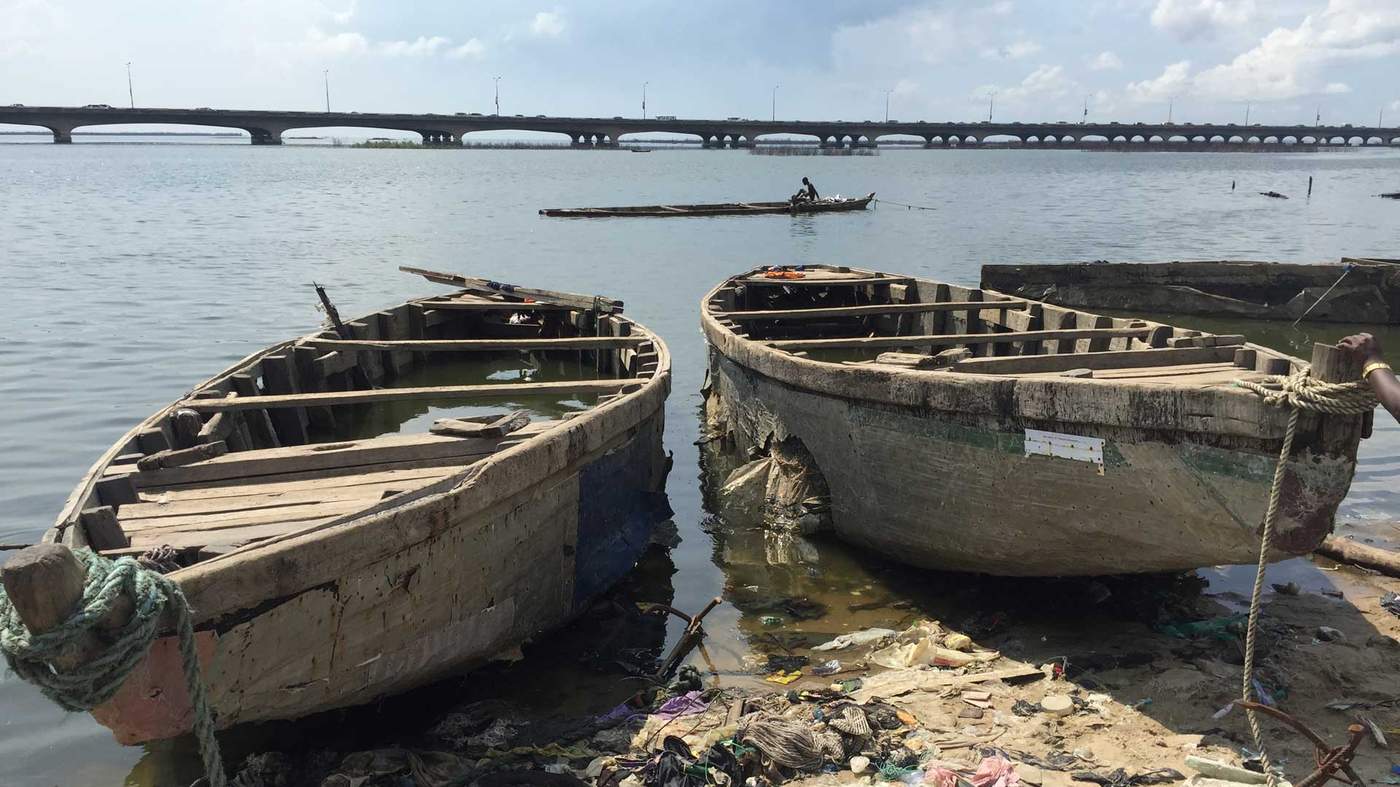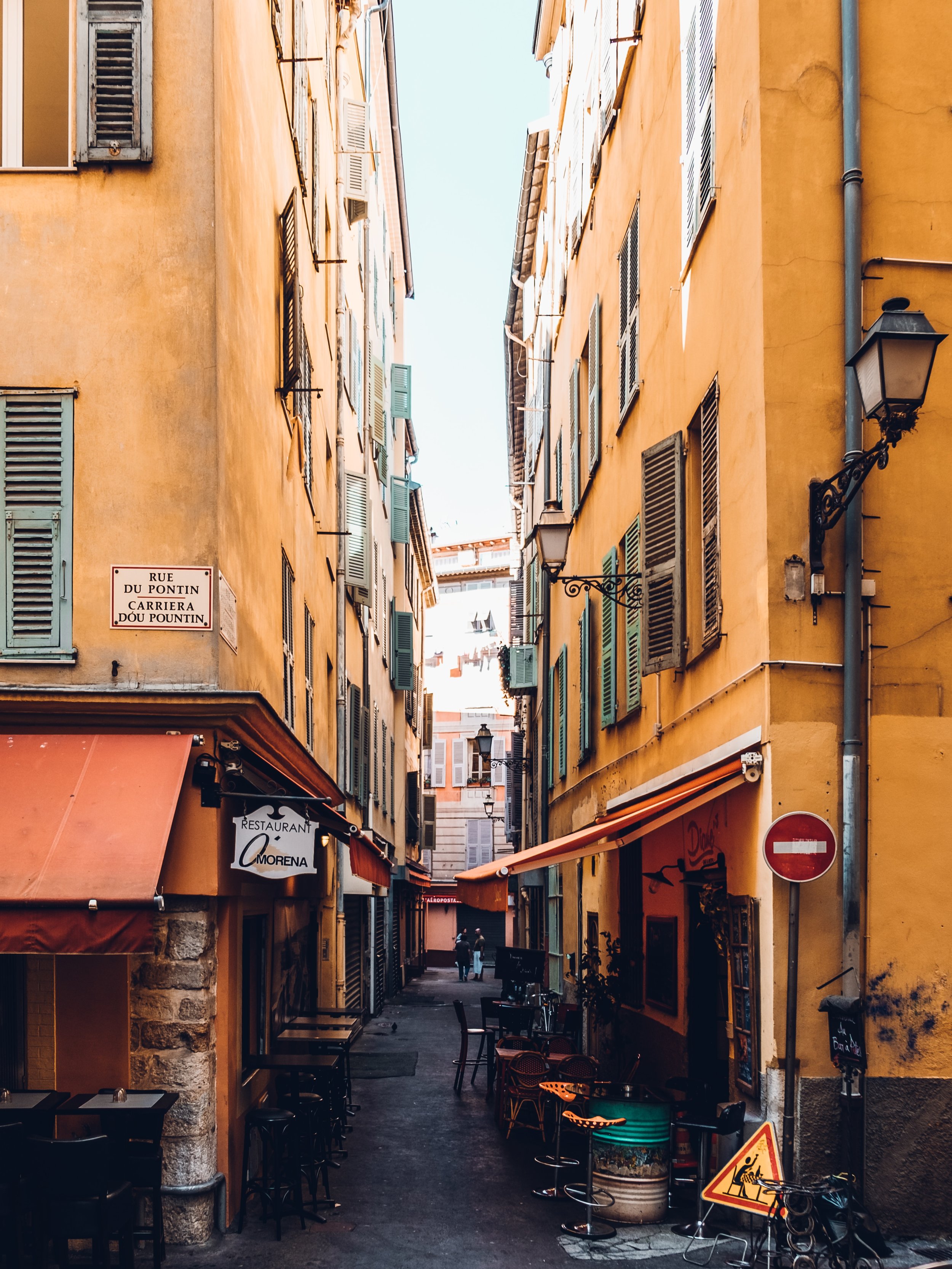How to Discover Your Own Pacific Island

“Beware of people who coin their own nicknames,” my wife, Sarah, told me as we left the bar in Savusavu, a one-dock town on the northern Fijian island of Vanua Levu. We’d just met an American man of about 65 who’d introduced himself as SeaJester. He’d said he was looking for crew to help him find an undiscovered island.
“What do you mean?” I’d asked.
“NASA just released new satellite maps. I wrote some software that compares them to the best admiralty charts available. I think I found an island that isn’t on any of the charts…yet.” As he spoke, he stroked a gray beard that wasn’t quite salty-sea-captain length.
“No one has floated by and, you know, jotted it down?”
“Ninety-nine percent of ocean travel follows established sea lanes.”
“Where is it? How big is it?” I asked. Sarah, however, said nothing.
“I’m not going to tell you where exactly, but it’s somewhere north of Vanuatu. About 500 miles from here. I think it’s about 40 acres—assuming it’s not a 40-acre cloud. Selena and I are going to look for it. We could use some help.”
“Cool,” I said.
Sarah shifted in her seat. “Who is Selena?”
“My boat. She’s 28 feet. Named after the singer.”
“Oh,” we said.
“Look,” SeaJester continued, “I’m here every day. Come by tomorrow if you guys are interested.” He stood, revealing pencil-thin legs that barely filled his stained Bermuda shorts.
“Nut job,” Sarah said.
“Yeah, but a nut job with a map.”
“You’re kidding, right?”
“Well, kind of,” I said. “It’s true he didn’t have a good handshake and he did name his boat after a dead Tejana pop star.”
“Those usually aren’t good signs,” she said.
“But an undiscovered island? What if he’s right and we took a pass? What’s the worst case?”
A week later, we boarded Selena, a musty, Formica-intensive Shrinky Dink of a boat with a tiny stove, tiny table, tiny bathroom, and tiny bed. The bed was SeaJester’s. He told us Sarah and I would be taking turns sleeping on the shoulder-width floor area between the little kitchen and the little bathroom between shifts at the helm. It wasn’t nearly as glamorous as it sounds.
*
Just beyond Fiji’s protective barrier reef, churning gray skies and churning gray sea surrounded us. The swells crested over six feet high. About the length of a small R.V. but half the width, Selena sloshed up the sides of the swells and shuddered down their backsides. We wondered why we couldn’t wait for better weather, but, apparently, in this stretch of the South Pacific, this was better weather. Occasionally, a wave would broadside the boat, tossing a dumpster’s worth of water across the deck and sending a shudder through the entirety of the hull. Inside, glasses slid off shelves and shattered.
While gripping a rope for stability, SeaJester told us the plan. “It’s about six days to where I think the island is. We’ll each take a six-hour shift steering while the other two sleep or relax.” Right as he said the word “relax” he leaned towards the rails—Selena was much too small for any running—and barfed. Turns out, SeaJester hadn’t left port in a year. Our captain was seasick.
The green jungled hills of Savusavu still in sight, we asked if we should go back.
“Against this wind?” he said. “No way.”
“What about the engine? We could run that.”
“That’s for marinas. We don’t have nearly enough fue—” he cut himself off, and barfed over the side again.
“Just keep us on a heading of 290 and watch out for containers,” he said before disappearing below deck.
We’d read that containers occasionally do fall off cargo ships, but we had no idea how we’d actually see one before hitting it. Or what we’d do if we saw one coming. Neither of us had any experience sailing, beyond one (very pleasant) afternoon I spent on a lake at Camp Longhorn. And not surprisingly, we found that maintaining a heading of 290 was a challenge. At the top of each swell, the compass indicated a heading of 240, at the bottom, 350. We tried our best to average 290, but mostly we were just along for the ride.
That night, our first at sea, clouds obscured the stars. Behind the wheel at the back of the boat, we just sailed and waited for the sound of the hull tearing apart, ideally on an island reef instead of a steel container. At about 2 a.m., SeaJester appeared briefly to empty another trash can overboard and to inform us he was turning off all the lights to save the battery. The only remaining light came from the orange glow of the steering wheel’s compass: 235...349...260.
The wind made it too loud to talk, so Sarah tried to rest with her head on my lap. What was it about this island that was so important to me? I wondered. We didn’t intend to live there. We couldn’t own it—SeaJester, no doubt, would stick his flag in it. Unless everything lined up just so, we couldn’t even stay long on such a small island. Much of the appeal, I realized, was just bragging rights. Specifically, intergenerational bragging rights. I could be the great-uncle who discovered an island and who wouldn’t want one of those?
Now, a hundred miles from shore, under the sleeping eye of a seasick captain, what had felt only mildly dumb now seemed exceptionally stupid. The weather was worsening. I couldn’t see the waves in the dark, but I could tell they’d grown larger, not just in height but in mass. The result: an eerie delay after a wave hit the side of the boat but before the water arced across the deck. Within that two-second silence, I could imagine almost anything happening. The mast could snap. The bilge plug could come loose. Instead of being the great-uncle who joined Roald Amundsen and Edmund Hillary among the ranks of the Explorers Club, would I just be the great-uncle who died looking for an island that didn’t exist?
The following morning, SeaJester became the first—and so far the only—person ever to punch me. Noting the wind had slowed and changed direction, he emerged from the hold to check on things.
He told us we needed to tack. Or to starboard. Whatever it was, he instructed me to pull a rope. So I pulled a rope, but, apparently, not all ropes on sailboats do the same thing. He yelled at me again, but there was a full spider web of ropes to choose from. I pulled a second. SeaJester then took a step toward me, punched me in the left temple, and grabbed a third rope.
“You were pulling the wrong one,” he said.
“So you hit me?!?”
“I didn’t hit you. I pushed you. I had to push you out of the way to get to the rope.”
“Who pushes someone on the temple?”
Sarah and I went inside, where she looked at my head. There definitely was a red mark.
“We need to get off this boat,” she said, though, how exactly we’d do that a hundred miles from land wasn’t entirely obvious.
On the third day, SeaJester must have found his SeaLegs because he appeared to be in better spirits. After breakfast of stale bread and jam, I asked him where he got his nickname.
“Oh,” he said, “I gave it to myself. But it’s not spelled how you’d think. It’s SeaJester. Two capitals. No space.” His light-blue eyes sparkled with anticipation of the question he knew was coming.
“Why no space?” I asked.
“Because on a 28-foot sail boat, there ain’t no space,” he said, slapping his knee, then repeating, “Because there ain’t no space.” This humdinger would prove to be the only one we’d ever hear from SeaJester. To the contrary, he did his best to suck all possible fun out of our search by not allowing us to fish (“too messy”), play a guitar I’d bought in Fiji (“too distracting”), or cook hot food (“open flames are too dangerous”). We didn’t bother asking about our gin and tonics.
As the seas started to level, SeaJester spent most of the time fussing over his charts and talking about Selena. “How ’bout some more Selena Trivial Pursuit?” he’d say on occasion. Before we could answer, he’d launch into his first question. “Let me think...OK…got it...how many different sources of electricity does Selena have?”
“Don’t know,” Sarah would say brightly. “Three?”
“No!” he’d say, slapping his knee, “Four! The engine, the auxiliary engine, the wind generator, and the solar panel!”
“Got us again!” I’d say.
On our fourth day at sea, we asked SeaJester personal questions, what-if questions, anything to get him talking about something other than Selena. Mostly, he responded with one-word answers, but he became unusually animated when talking about the brothel he’d once owned in the Philippines. He looked back on his time there with a disturbing mix of nostalgia and perverted patriotism.
“We were just outside the military base,” he said. “I felt good about being in the business of servicing American servicemen.”
I wondered if a prostitute had broken his heart. Or if he was run out of the Philippines. In any case, he’d been at sea ever since, with his only love, Selena.
We did, however, stumble upon one other personal detail. SeaJester was at the wheel when Sarah, looking for something in a closet near his bunk, found a major clue about SeaJester’s psyche.
“Alex,” she whispered, “You’ve got to check this out.”
“What is it?” I said. I was pretty excited. Thus far, we’d found absolutely nothing personal of SeaJester’s on the boat. No photographs. No books. Not even Post-it notes with reminders on them. Just charts and ropes. Ropes and charts. In that sense, Selena felt more like a scrappy day charter out of Fort Lauderdale than a boat someone had been living on for 20 years.
Sarah pushed some ropes and life jackets to the side, revealing, at the back wall, a sticker…of Odie, Garfield’s sidekick.
Fifty miles from where the island was supposed to be, the sky cleared and the ocean became saucer flat. With the help of a slight breeze, Selena’s faded-white keel slid easily through the steel-gray water. Flying fish fluttered across the surface. There wasn’t much to do now except stare at the horizon and get ready to shout “Land, ho!”
“Hey SeaJester,” I said, while he fixed a pump or something. “Remind me why you want to find this island again?”
He looked up and said, “Because it’s an island with no one else on it.”
“There are a lot of those. Why is this one important?” I said, but he just ignored me while busily preparing for the landing.
“What are you going to call it if we find it?” I asked.
“Not going to name it,” he said. “Who would I tell anyway?”
According to SeaJester’s software, we were supposed to collide into the island’s outer reef at three in the afternoon. As the hour approached, we put on our life preservers. To decrease the damage of a potential collision with the reef, SeaJester lowered Selena’s sails to half-mast.
“We should see it soon,” SeaJester yelled from the front of the boat. Sarah looked up from her book long enough only to roll her eyes. But I looked hard for that island too.
I looked over at SeaJester. He stared through his binoculars, aimed as always, at the horizon. I wondered if one day I too would start downloading NASA images and comparing them to my own charts? No, I said to myself, at some point I’d have to find meaning from something other than the search itself...wouldn’t I?
“You guys see anything?” SeaJester yelled.
“Not yet,” I said. I looked down at Sarah. She was still reading.
Then, at 3 p.m. on our fifth day at sea, at an undisclosed location somewhere northwest of Vanuatu, we floated right through where the island should have been.
Without a wisp of disappointment, SeaJester headed below deck and said, “Guess they were just clouds.”
ABOUT THE AUTHOR
Alex Sheshunoff is the author of a vaguely humorous memoir with a very long title: A Beginner's Guide to Paradise: 9 Steps to Giving Up Everything So You Too Can: Move to the South Pacific, Wear a Loincloth, Read a Hundred Books, Diaper a Baby Monkey, Build a Bungalow and Maybe, Just Maybe, Fall in Love! (Individual Results May Vary.) Penguin Random House, Sept. 2015. Alex and his wife, Sarah, live in Ojai, California with their two boys, Ian Shenanigan and Andrew Commissioner. His favorite place on no one else's list is Sheldon Hut, Ruth Glacier, Alaska. Reader’s Digest once (accurately in my opinion) called this tiny hut built on a rocky outcropping in the middle of a glacier, one of the most beautiful places on Earth, and if you can’t trust Reader’s Digest, whom can you trust?
Header photo by Lee Satkowski

